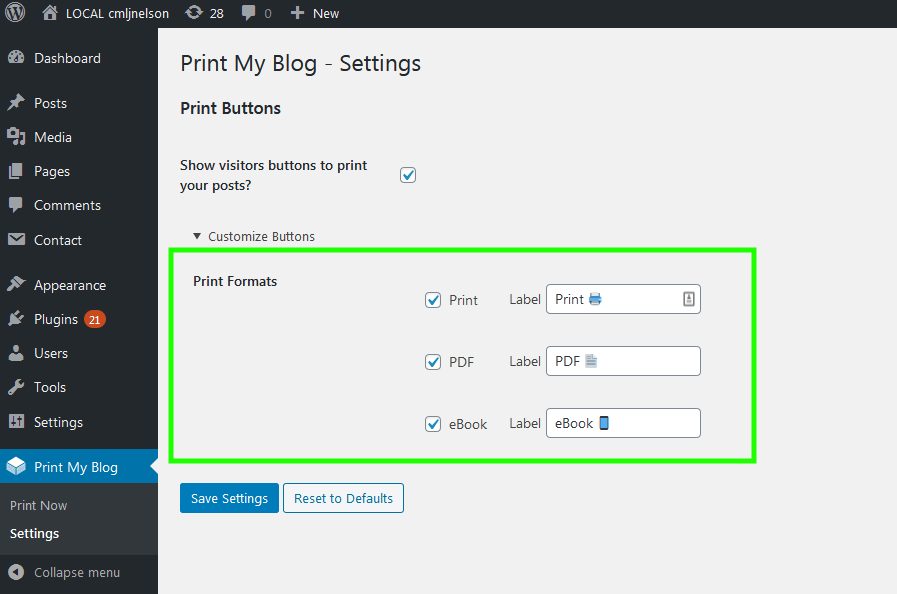 In this paper, we consider certain constraints. Because the simulator is stochastic, the target operate can only be estimated by operating various simulation replications, each of which is computationally pricey to evaluate. The high computational value of evaluating the simulator also limits the usage of traditional deterministic gradient-based optimization strategies. The general idea of metamodel strategies is to tackle Drawback (1) by fixing a sequence of analytical problems that are obtained by replacing the simulation-based goal operate with an analytical parametric operate, recognized as the metamodel. POSTSUBSCRIPT ). The answer of this drawback is then simulated. As new simulation observations change into available, the parameter of the metamodel is updated and new metamodel optimization problems are solved. The most typical choices are general-goal capabilities, also known as functional metamodels, such as polynomials, splines, Kriging or Gaussian course of capabilities. In particular, novel analytical, differentiable, traffic community fashions had been formulated and used as part of the metamodel.
In this paper, we consider certain constraints. Because the simulator is stochastic, the target operate can only be estimated by operating various simulation replications, each of which is computationally pricey to evaluate. The high computational value of evaluating the simulator also limits the usage of traditional deterministic gradient-based optimization strategies. The general idea of metamodel strategies is to tackle Drawback (1) by fixing a sequence of analytical problems that are obtained by replacing the simulation-based goal operate with an analytical parametric operate, recognized as the metamodel. POSTSUBSCRIPT ). The answer of this drawback is then simulated. As new simulation observations change into available, the parameter of the metamodel is updated and new metamodel optimization problems are solved. The most typical choices are general-goal capabilities, also known as functional metamodels, such as polynomials, splines, Kriging or Gaussian course of capabilities. In particular, novel analytical, differentiable, traffic community fashions had been formulated and used as part of the metamodel.
 In recent years, several answer approaches have been launched to TTP. This contains algorithms based on co-evolutionary strategies Bonyadi et al. 2014); Yafrani and Ahiod (2015), local search heuristics Polyakovskiy et al. 2014); Maity and Das (2020), simulated annealing Yafrani and Ahiod (2018), swarm intelligence approaches Wagner (2016); Zouari et al. 2019). Furthermore, exact strategies based on dynamic programming have been launched Escort in Delhi Wu et al. 2017), but they are restricted to fixing only small instances. In multi-part optimisation problems such as the TTP, it is beneficial to provide determination-makers with a diverse set of high-quality options differing by way of the scores in the sub-issues. Such a set of options supplies determination-makers with invaluable information about the inter-dependency of the sub-issues. It also enables them to contain their pursuits and select between totally different alternatives. Computing a diverse set of solutions has just lately gained increasing attention in evolutionary computation literature. Traditionally, these works are dominated by research on multi-modal optimisation, which entails range preservation strategies such as niching.
In recent years, several answer approaches have been launched to TTP. This contains algorithms based on co-evolutionary strategies Bonyadi et al. 2014); Yafrani and Ahiod (2015), local search heuristics Polyakovskiy et al. 2014); Maity and Das (2020), simulated annealing Yafrani and Ahiod (2018), swarm intelligence approaches Wagner (2016); Zouari et al. 2019). Furthermore, exact strategies based on dynamic programming have been launched Escort in Delhi Wu et al. 2017), but they are restricted to fixing only small instances. In multi-part optimisation problems such as the TTP, it is beneficial to provide determination-makers with a diverse set of high-quality options differing by way of the scores in the sub-issues. Such a set of options supplies determination-makers with invaluable information about the inter-dependency of the sub-issues. It also enables them to contain their pursuits and select between totally different alternatives. Computing a diverse set of solutions has just lately gained increasing attention in evolutionary computation literature. Traditionally, these works are dominated by research on multi-modal optimisation, which entails range preservation strategies such as niching.

A few Chauffeur will not endure that, and that prompts battling between the client and driver. You will not want that. Along these strains, in the occasion that you utilize the most effective specialist co-ops, they are going to offer you, experienced chauffeur. Recall that main a quiet chauffeur can settle on the appropriate choices during such constrained instances. A few travelers are not careful all of the time. However, it is not great leaving the driver in the total perspective on what’s happening at the back. You will get such an administration when you utilize standard driver specialist co-ops. Fairly presumably the main quality is timeliness. You will not like in the occasion that your chauffeur isn’t providing you with the assistance on schedule and arrive behind schedule 100% of the time to the get area. Along these strains, to tackle this challenge e book an knowledgeable chauffeur. He is familiar with each one of many potential programs and can present up at the target on schedule. That is the reason generally really prefer to make use of the very best one. Once you want to in search of or planning for outstation trip from Lucknow, you can hire a Taxi Service in Lucknow right now. Lucknow-Savaari cab & taxi rental service affords a hassle-free, comfortable & affordable taxi service in Lucknow. Please Register or Login to publish new remark.
CrossNet (Wang et al., 2017) and AutoInt (Track et al., 2019). For the CIFAR-10 dataset we compare with fashions that achieve state-of-the-art performance on image datasets, namely DenseNet (Huang et al., 2017) and GPipe (Huang et al., 2019). For our non-medical dataset, CIFAR-10, we sort data utilizing cosine similarity as entropy. We must use a different scholar for this dataset and so we use a scholar that has four convolutional layers with 32 filters of measurement 3×3 in the primary two layers and sixty four of these within the second two. These are all activated by ReLU and maxpooled and are adopted by three feedforward layers of measurement 50 nodes each. We use the encoding of the weights of the feedforward part of the network as the state of the scholar. From Table 1, we see that our technique (DDPG trained scholar-teacher community) outperforms at least 3 state-of-the-art strategies for classifying tabular data. It is also capable of providing a aggressive performance on image classification issues, approaching state-of-the-art performance.
